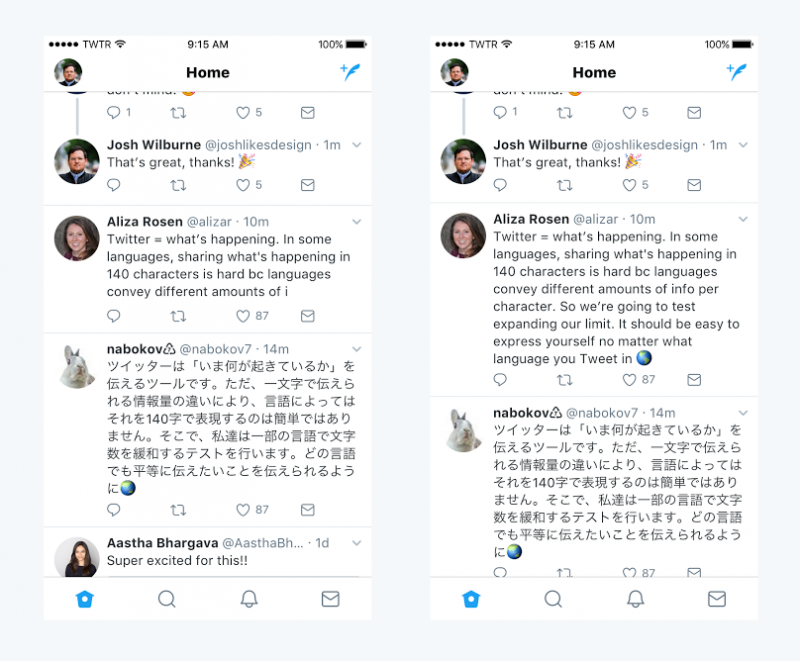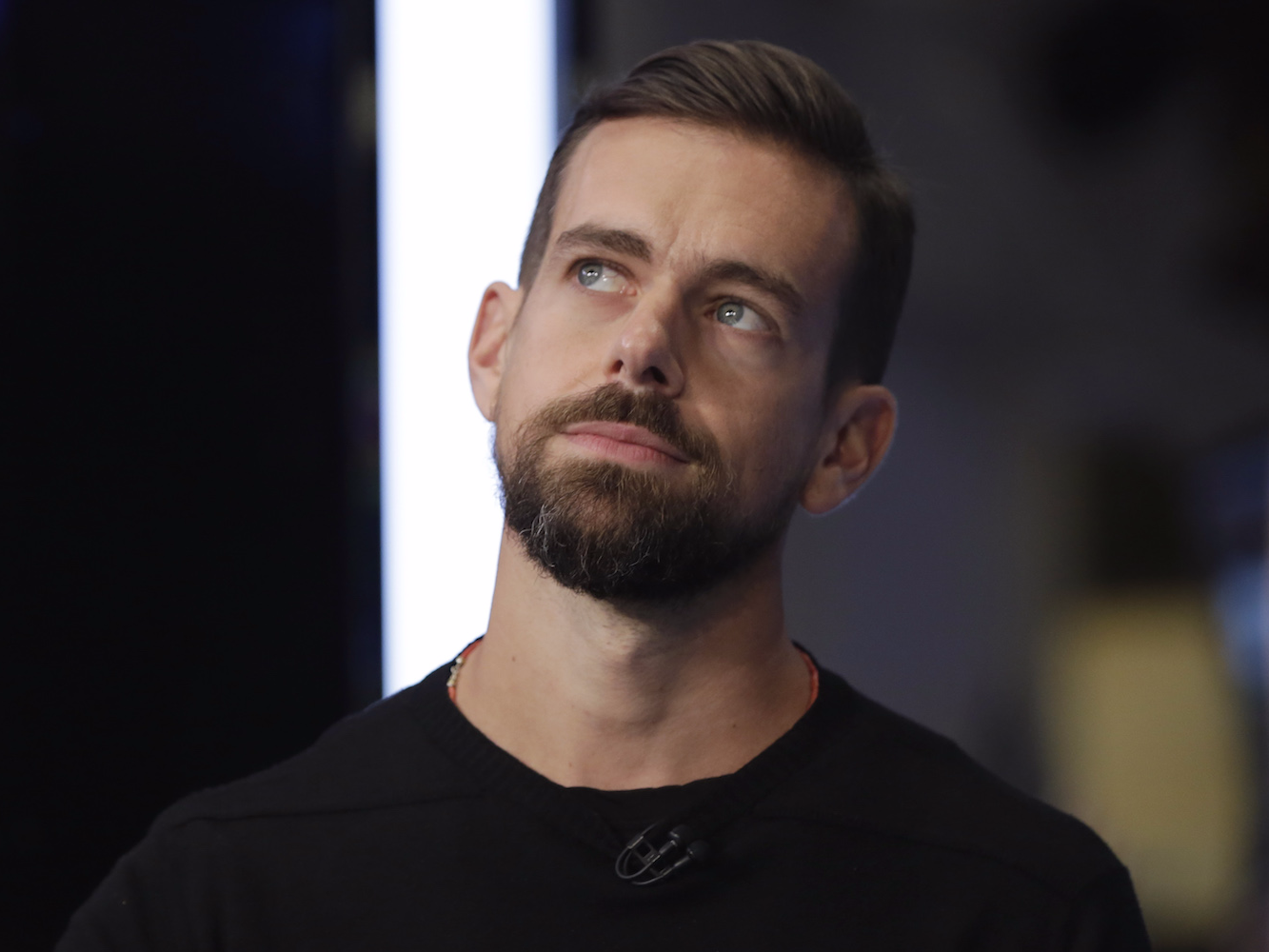For the first time in its 11-year history, Twitter will lift the 140-character limit for tweets – at least for some people.
The company announced Tuesday that it would begin testing a new limit of 280 characters for all languages except Japanese, Chinese, and Korean. The change will only be seen by a single-digit percentage of Twitter users at first over the next few weeks before it’s made available broadly.
The move will give Twitter users more freedom to express themselves, easing one of the most difficult aspects of using a service that has struggled to grow its audience in recent years.
The change also signals an important evolution to the core mechanic of the tweet, which has given rise to a unique genre of rapid-fire conversations and rants mastered by celebrities, journalists, and politicians like President Donald Trump.
The decision to test the new character limit came after studying tweets in languages like Japanese that require fewer words to convey the same amount of information as languages like English and Spanish, Twitter product manager Aliza Rosen said in a company blog post.
Twitter observed that 9% of tweets in English hit the 140-character limit vs. only 0.4% in Japanese, which suggested that certain languages could benefit from having more available characters for tweets.

"Our research shows us that the character limit is a major cause of frustration for people Tweeting in English, but it is not for those Tweeting in Japanese," wrote Rosen. "Also, in all markets, when people don't have to cram their thoughts into 140 characters and actually have some to spare, we see more people Tweeting - which is awesome!"
Twitter has gradually lessened the restrictions on its core 140-character limit over the past couple of years, like when it stopped counting photos and retweets towards the limit last year. But doubling the character limit overnight could seriously impact how people use the platform - which is something that Twitter is well aware of.
"We understand since many of you have been Tweeting for years, there may be an emotional attachment to 140 characters - we felt it, too," wrote Rosen. "But we tried this, saw the power of what it will do, and fell in love with this new, still brief, constraint."
Twitter has hinted at expanding the character limit in the past, only to backtrack when users protested.
In 2016, Twitter CEO Jack Dorsey said that the company was considering an option to let users compose lengthy, multi-paragraph tweets. Twitter users quickly condemned the idea, and Dorsey later said the company's trademark 140-character limit was here to stay.
"It's a good constraint for us and it allows for of-the-moment brevity," Dorsey said on NBC's Today Show in March 2016.
By moving to 280 characters, Twitter appears to be striking a balance in giving users more room to express themselves without sacrificing the short bursts of communication that have made its service an instrumental platform for disseminating breaking news.
In a tweet announcing the change on Tuesday, Dorsey called the 140-character limit "an arbitrary choice based on the 160 character SMS limit" that Twitter was first built upon over a decade ago.
This is a small change, but a big move for us. 140 was an arbitrary choice based on the 160 character SMS limit. Proud of how thoughtful the team has been in solving a real problem people have when trying to tweet. And at the same time maintaining our brevity, speed, and essence! https://t.co/TuHj51MsTu
— jack (@jack) September 26, 2017
Tuesday's change to the character limit will initially be seen by a small percentage of Twitter users. While the company hopes to make the new limit broadly available after that, there's no guarantee that it will eventually be made available to everyone.

